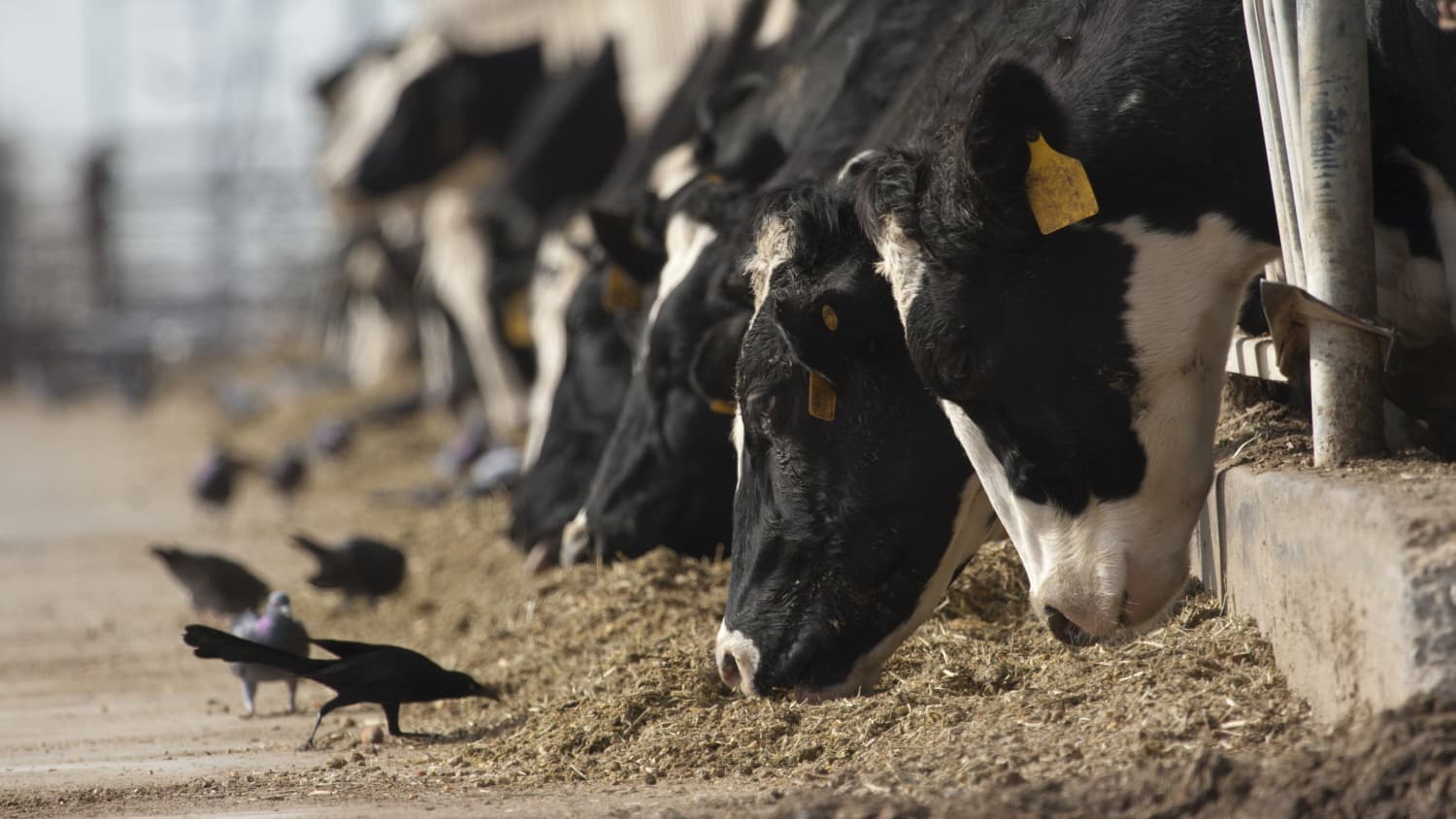Breaking News: The Unprecedented Bird Flu Outbreak
As the winter months approach, the threat of bird flu has never been more pressing. This deadly viral disease, caused by the H5N1 virus, has been spreading rapidly across the globe, claiming countless lives and leaving a trail of devastation in its wake.
In recent years, bird flu outbreaks have become a recurring theme, with devastating consequences for human health, economies, and ecosystems. The latest outbreak, which has been ongoing since 2017, has seen a significant number of H5N1-related deaths, leaving millions of birds and wildlife deaths worldwide.
In this special report, we delve into the world of bird flu, exploring its origins, spread, and the current status of the outbreak. We examine the warning signs, the latest developments, and the experts’ insights into the complex dynamics at play. Whether you’re a seasoned healthcare professional or a concerned citizen, this comprehensive guide will give you the facts and context you need to understand
H5N1 Bird Flu Outbreak: H5 Deaths & Status
The H5 bird flu outbreak has resulted in a significant number of bird flu deaths, and has also affected humans in various ways. The current situation, symptoms, and transmission of the virus, as well as its implications and practical aspects, are discussed in this article.
Current Situation

There have been ongoing multi-state outbreaks of H5 bird flu in dairy cattle, with 919 affected dairy herds as of January 7, 2024. Wild birds have also been detected with the virus, with 10,948 wild birds detected as of January 7, 2025. Poultry flocks have experienced sporadic outbreaks, with 133,470,114 poultry affected as of January 8, 2024. Mammals have also been affected, with sporadic infections reported. However, person-to-person spread of the virus has not been detected.
H5N1 Bird Flu Detections in the USA
Dairy cattle: Ongoing multi-state outbreak
Wild Birds: Widespread
Poultry Flocks: Sporadic outbreaks
Mammals: Sporadic infections
Person-to-person spread: None
Current public health risk: Low
Confirmed Human Cases

Since 2024, there have been a total of 61 reported human cases of H5 bird flu in the United States. Partial viral genome data of the H5N1 avian influenza virus that infected the patient in Louisiana indicates that the virus belongs to the D1.1 genotype.
Exposure Source
- Commercial Agriculture and Related Operations: 36 cases in California, 1 case in Colorado, 1 case in Louisiana, and 1 case in Texas
- Other Animal Exposure: Unknown in 2 cases
Symptoms and Transmission

Most reported mild illnesses, with one person hospitalized with severe illness. Most cases have affected individuals under the age of 65, with no reported cases in individuals over 80 years old. Exposure to sick and dead animals, particularly wild birds and poultry, is a risk factor for infection. However, there are no clear risk factors identified.
Human Cases
Most reported mild illnesses, with one person hospitalized with severe illness
Most cases have affected individuals under the age of 65, with no reported cases in individuals over 80 years old
Exposure to sick and dead animals, particularly wild birds and poultry is a risk factor for infection
H5N1 Bird Flu Genotype and Transmission

Susceptibility and immunity vary depending on the individual or species. Susceptibility and immunity in humans are not known, but it is estimated to be low. Immunity to H5N1 is not known, but it is estimated to be low in birds. The virus can be transmitted through direct contact with infected animals and indirect contact with contaminated surfaces or materials.
Susceptibility and Immunity
Humans: Susceptibility is high, with no known immunity.
Birds: Susceptibility is high, with no known immunity.
Implications and Practical Aspects
Prevention and control are key to reducing the risk of infection. Individuals should wear PPE when working with or around infected animals. Animal care and management should be aware of the risks associated with caring for sick and dead animals.
Prevention and Control
Personal Protective Equipment (PPE): Individuals should wear PPE when working with or around infected animals.
Animal Care and Management: Individuals should be aware of the risks associated with caring for sick and dead animals.
Conclusion
The Bird Flu Outbreak: A Global Health Crisis
The recent bird flu outbreak, caused by the H5N1 virus, has left the world in a state of alert. With 133 reported cases and 46 deaths in China, the situation has become increasingly dire. The outbreak has sparked widespread concern among health experts, policymakers, and the general public, highlighting the significant threat posed by this highly pathogenic avian influenza virus.
One of the primary concerns surrounding the outbreak is the potential for the virus to be transmitted to humans, posing a significant risk to global health. The World Health Organization (WHO) has classified the outbreak as a Level 5 emergency, indicating a high probability of human-to-human transmission. Furthermore, the virus’s high mortality rate and lack of immunity in animals have made it a formidable foe. As the situation unfolds, it is essential to understand the circumstances surrounding the outbreak, including the source, transmission, and impact on local and global health systems.
The significance of this outbreak lies in its potential to disrupt global food systems, economies, and ecosystems. As agriculture and animal husbandry heavily rely on birds, the virus could have far-reaching consequences, including food shortages and economic disruptions. Moreover, the outbreak highlights the need for enhanced surveillance, preparedness, and response strategies to mitigate the impact of animal-borne diseases on human health and global stability. As we move forward, it is crucial to prioritize research, coordination, and cooperation to address this pressing global health threat.
The Future of Avian Influenza: Emerging Concerns and Opportunities
The bird flu outbreak serves as a stark reminder of the importance of vigilant monitoring and preparedness in the face of emerging health threats. As the world grapples with this crisis, we must also explore emerging opportunities for innovation, research, and collaboration that could inform future responses to animal-borne diseases.
Stay Vigilant, Stay Informed, and Stay Safe
The bird flu outbreak is a pressing global health crisis that demands our attention and action. By staying informed and up-to-date on the latest developments, we can work together to mitigate the impact of this virus and build a safer, more resilient world for all. As we move forward, let us prioritize global health, cooperation, and research to address this complex challenge and emerge stronger, more united, and more prepared for the future.

